At over 29,029 feet high, Mount Everest rises significantly above all other mountains on Earth. From almost any vantage point, its massive height is impossible to miss. While explorers from the West only recently brought international attention to Everest in the early 1900s, humans have known of the mountain for far longer.
Local ethnic groups living in the Himalayas, like the Khumbu of Nepal and Tibetan peoples, had their own names for Everest that reflected its importance in their cultures. To many Buddhists and Hindus, it represented a sacred guardian of their homelands. Stories also described its role as a provider for all life in the region.
Today, ascents focus more on sport. But exploring Everest's natural and cultural history offers humbling insights into what enabled humanity to reach its icy summit.
Mount Everest touches the border between two countries. The tallest mountain on Earth is located partly in Nepal and partly in Tibet. Specifically, the border runs along Everest's southeast ridge. Most of the summit area itself is technically in Tibet, China. The very highest points where climbers place flags or leave artifacts to mark reaching the top are on the Nepalese side of the borderline.
Nepal plays a huge role in Mount Everest expeditions. Most climbing routes start from the Nepali side. The towns of Namche Bazaar and Lukla are common launching points for climbers attempting the summit.
Additionally, many of the high-altitude porters and guides known as Sherpas live in villages near Everest Region in Nepal. Sherpas have decades of experience helping foreign climbers ascend the mountain safely. Their expertise in high altitudes, skills in mountain tasks, and knowledge of the terrain make ascents much more viable. Without Sherpa support, very few people would likely reach Everest's peak.
Climbing Mount Everest is incredibly difficult due to several physical challenges presented by its altitude and location.
At 8848 meters, Everest sees oxygen levels that are only one third of what exists at sea level. This severe lack of oxygen causes altitude sickness symptoms like fatigue, dizziness, shortness of breath and cerebral or pulmonary edema if ascent is too rapid. Harsh winds carry freezing temperatures frequently below zero degrees Fahrenheit, exacerbating effects of low atmospheric pressure on respiration and heart function.
Acclimatizing to the altitude safely takes significant time, with most expeditions implementing a 6-8 week trekking and gradual ascent schedule to sleep at gradually higher elevations. This enables climbers' bodies to adapt their blood and lung function to the conditions. Supplemental oxygen is often required for climbing above 21,000 feet where humans cannot survive otherwise.
Variable storm systems can form dangerously quick, disorienting climbers in zero visibility conditions. Steep terrain harbors risks of falling into crevasses or being struck by ice/rockfall from seracs and avalanches.
The physical strain combined with high error risk due to the challenges makes successfully reaching Everest's summit and returning back down a major achievement. Most climbers develop profound respect for both the mountain's difficulty and people who call this region home.
Visiting Everest from the Nepalese side provides unique cultural benefits. Tourism dollars poured into the local economy strengthen communities located near the mountain. Villages like Khumjung and Khunde serve as staging areas for climbers. You'll see Sherpa residents going about daily activities like farming or herding yaks. Stopping in Tengboche allows glimpses into Buddhist monastic life at the famed monastery.
Trekking to Base Camp takes you past Sherpa villages like Namche Bazaar and Pheriche nested in the valleys. Local families operate tea shops and lodges along the way. Pop into dance performances to learn about Sherpa traditions. The scenery remains unbeatable the entire route. Reaching Base Camp at 17,598 feet offers awe-inspiring views of the mighty peak.
No other group plays as important a role in Everest expeditions as Sherpa guides. Their expertise in mountain craft and leadership abilities enable climbers to attempt reaching the summit safely. Entire Sherpa families rely on their livelihood. Choosing a Nepalese operator ensures this culture and its benefits trickle throughout the local community. You'll gain an appreciation for both the technical accomplishments and human aspects of climbing Everest.
Overall, a Nepal-based visit provides one-of-a-kind cultural access lacking from the Tibetan side. The mountain towers over people who have adapted remarkably to the challenging environment. Their warm hospitality adds a special human layer to witnessing the natural magnificence of Mt. Everest.
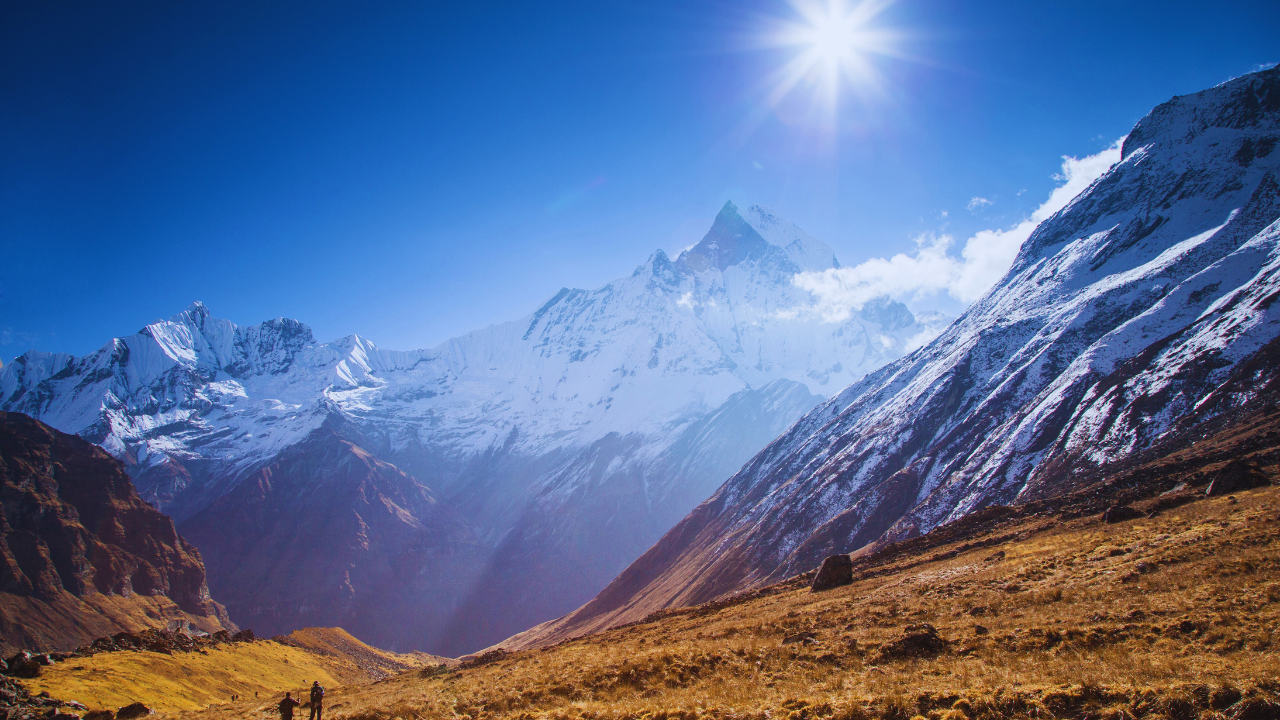
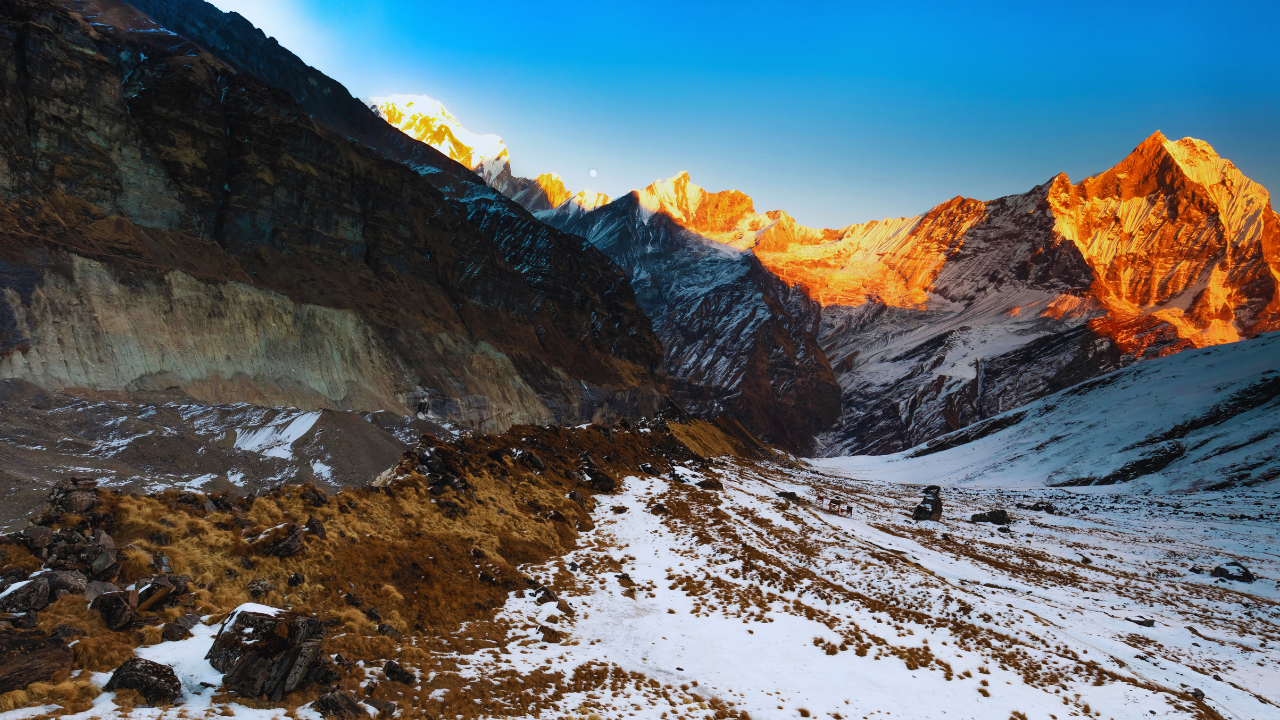
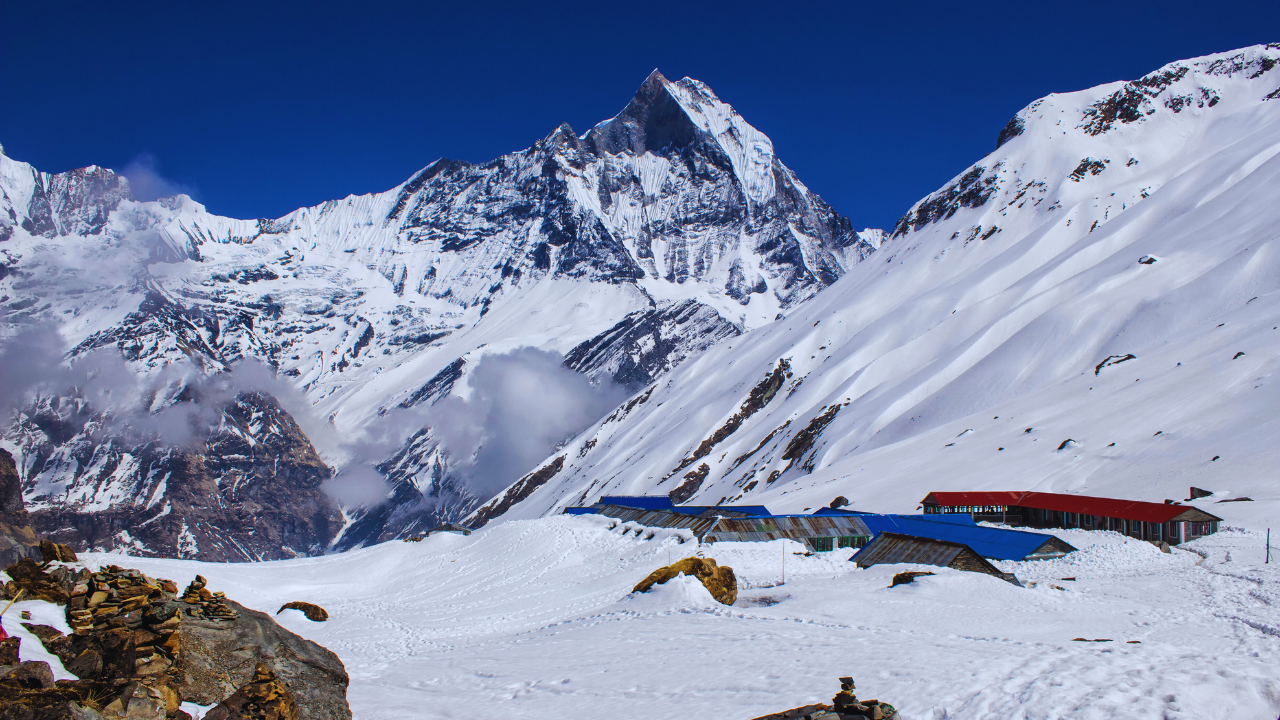
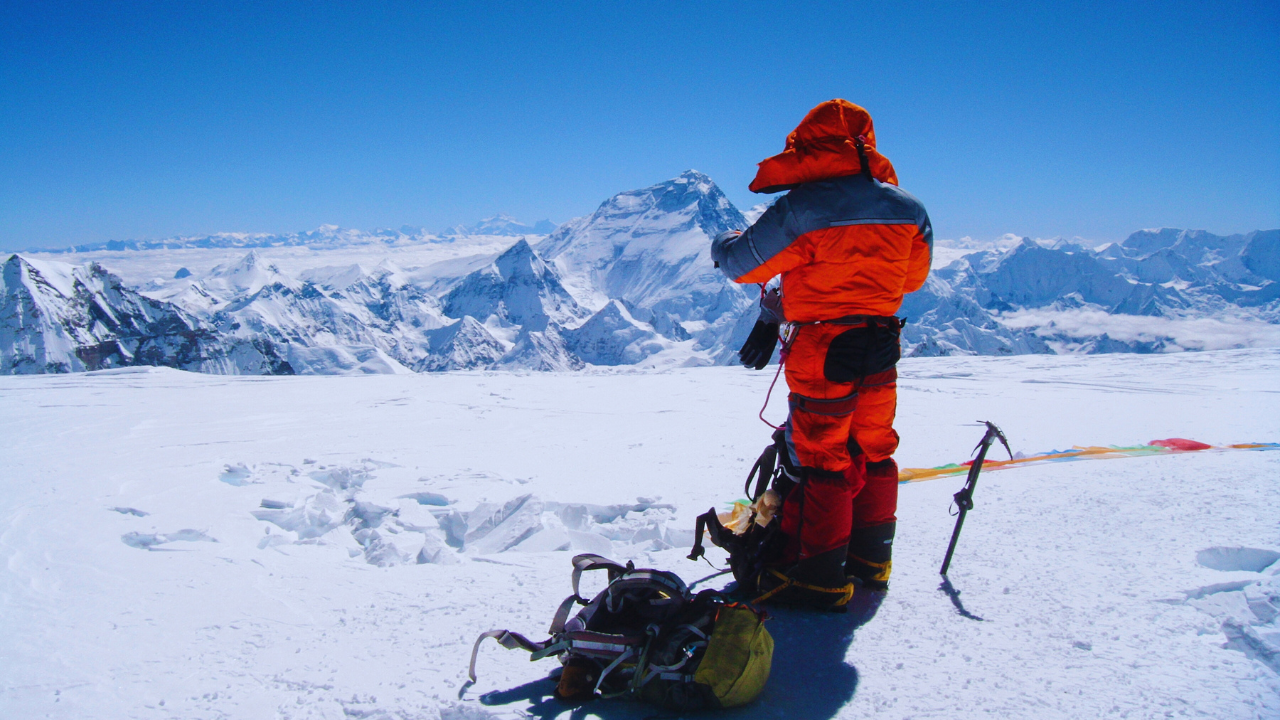



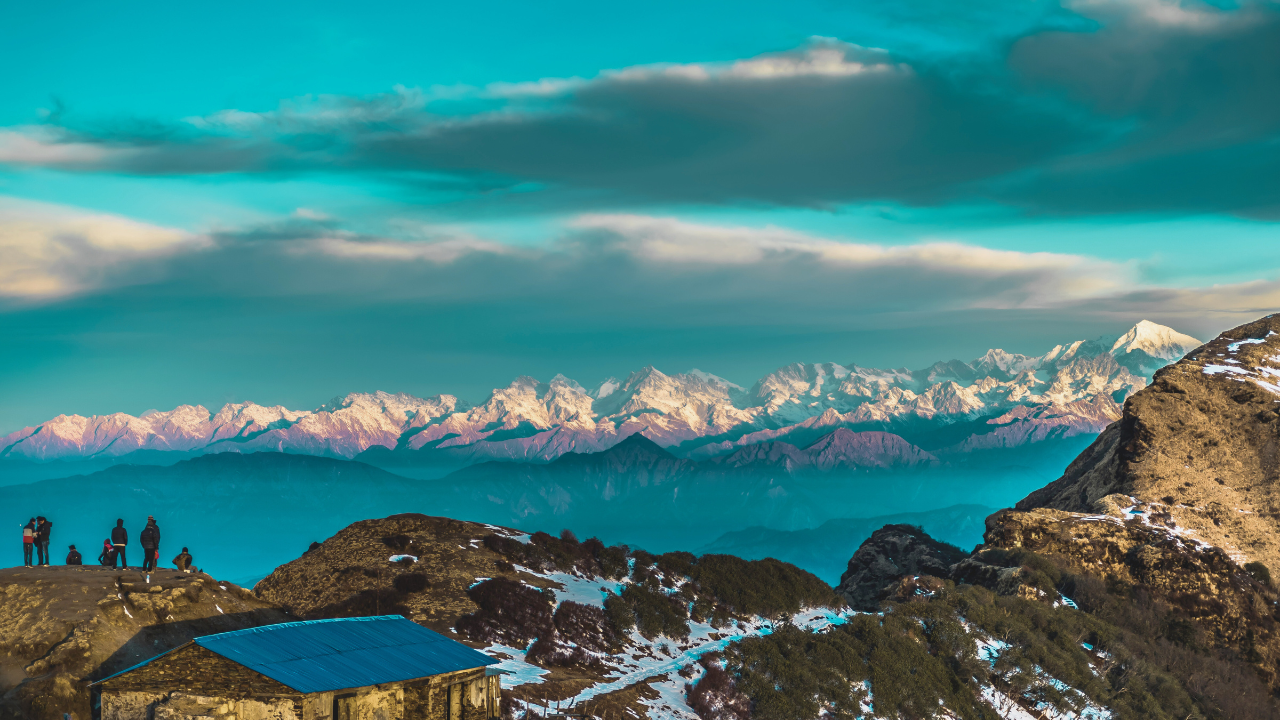







































Comments